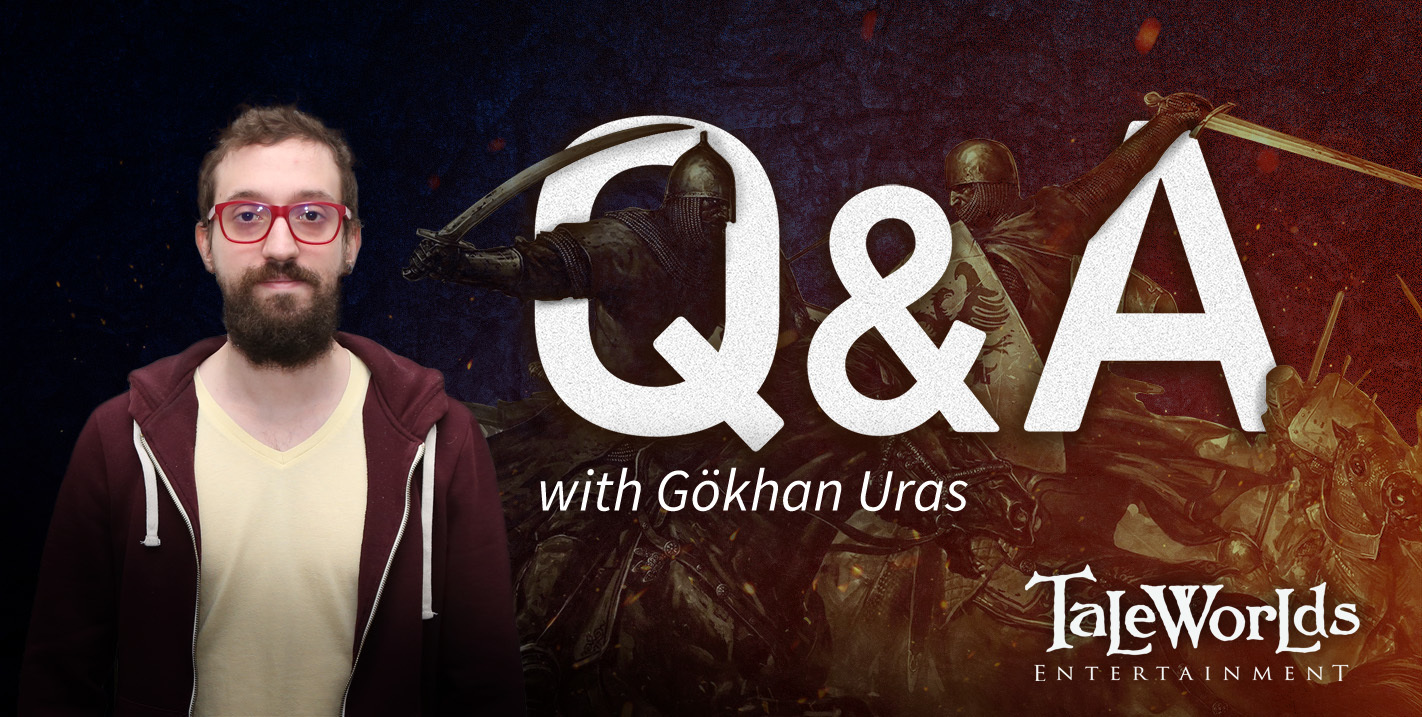

Greetings warriors of Calradia!
In this week’s blog, we would like to talk about the newly introduced engine version 1.4 which consists of many graphical improvements as well as a number of performance updates.
We develop engine features in separate branches with each one labelled as a version. This allows us to test new features extensively and efficiently without decreasing the stability for the gameplay programmers.
At this point we feel it is important to stress the fact that while yes, we are still developing the engine and making new additions: this work is running entirely parallel to the development of Bannerlord. Our dedicated engine team are constantly striving to give us a better optimised engine which allows us to have larger battles, higher frame rates, greater visual fidelity and faster loading times. This work doesn’t hold back the development of the game in any way, shape or form and will ultimately improve the overall quality of the final product.
https://youtu.be/oUr-MRo0LZ0
In next week’s blog we will be talking to Gameplay Programmer, Korneel Guns. Korneel’s main focus is on the multiplayer aspect of Mount & Blade II: Bannerlord. If you have any questions you would like to ask him please leave a reply in the comments and we will pick one out for him to answer!
Discuss this blog post HERE

 Facebook
Facebook Twitter
Twitter
 Website
Website Facebook
Facebook Twitter
Twitter YouTube
YouTube Twitch
Twitch













